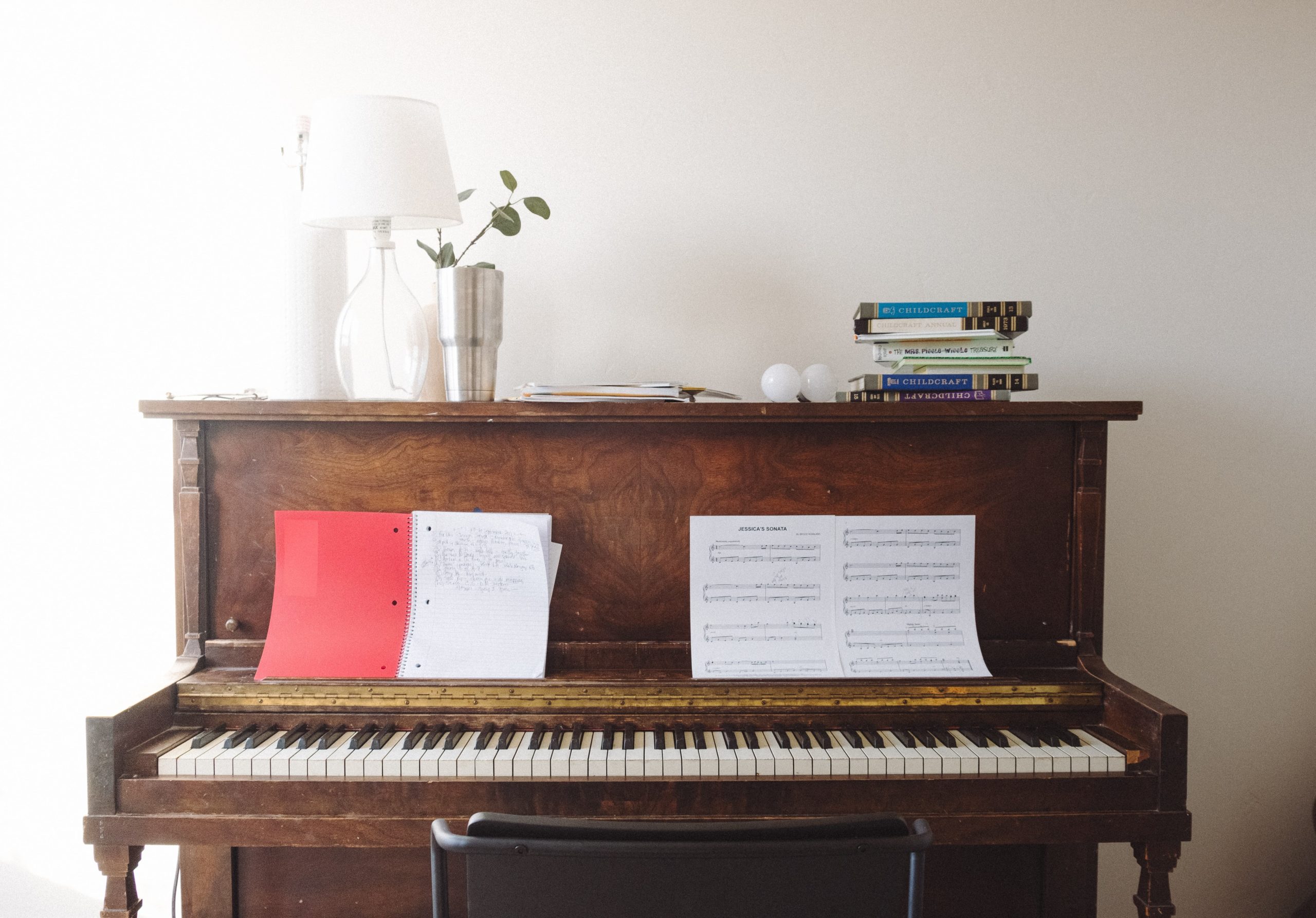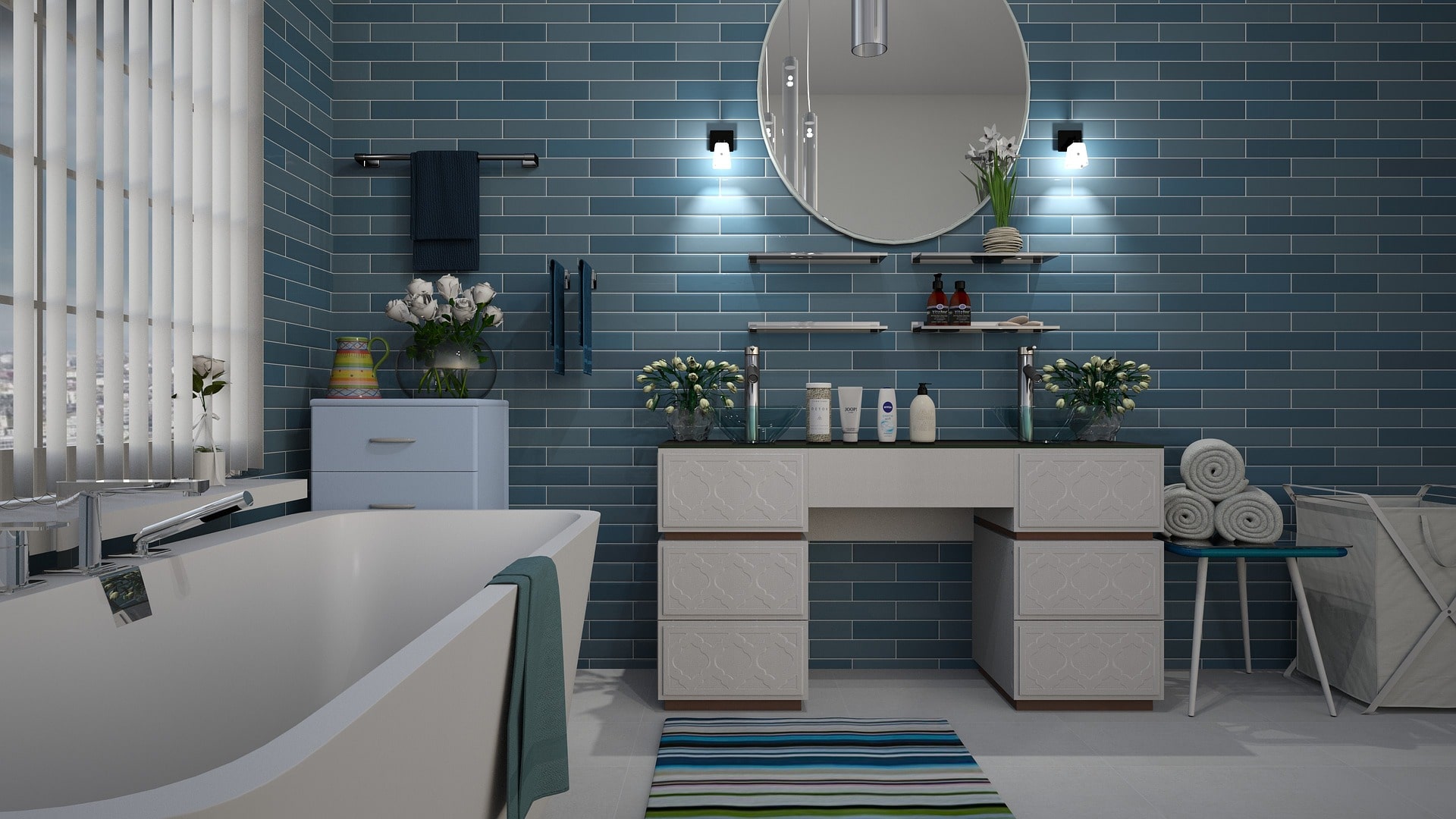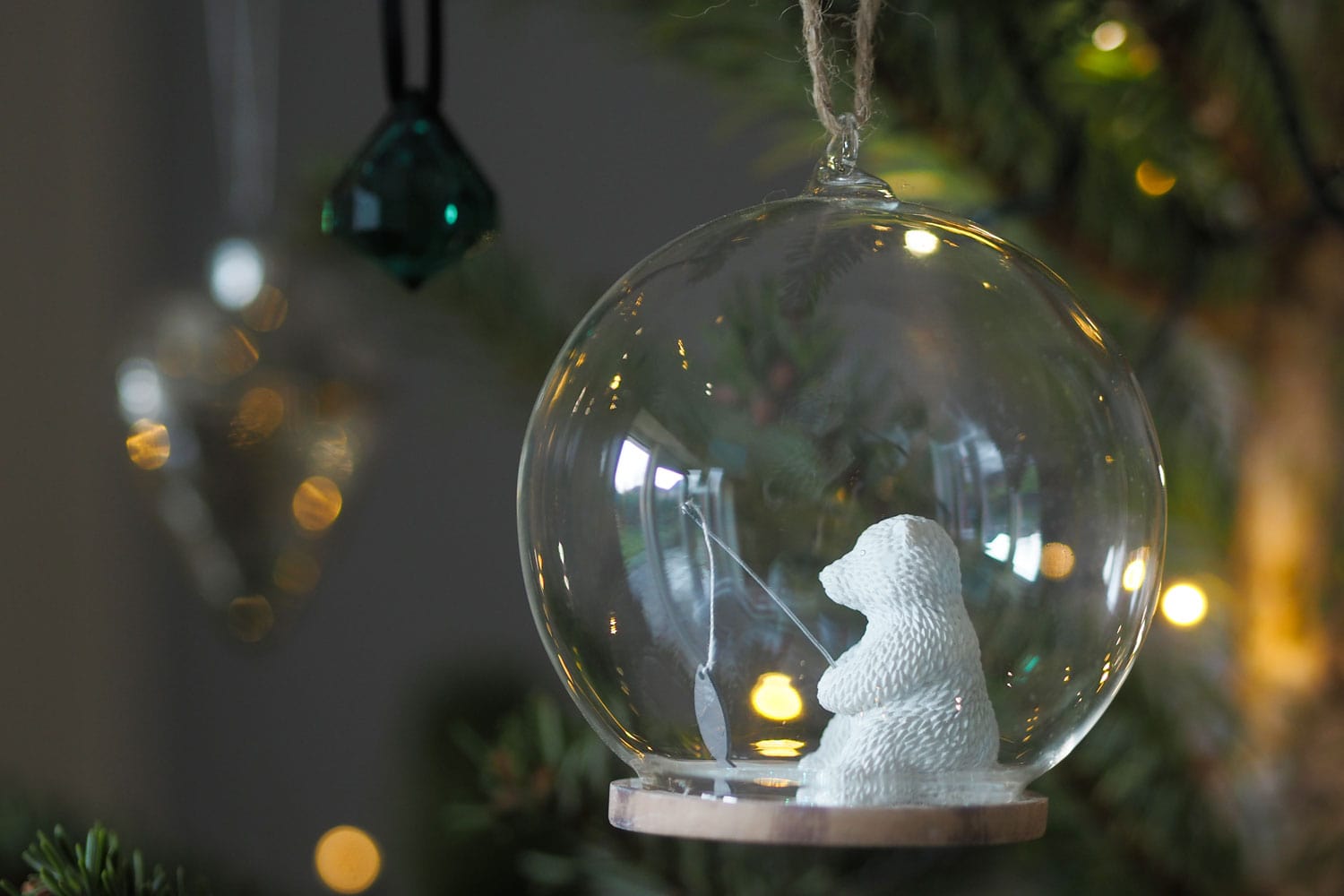Hark back to the latter part of the 19th century and early 20th century. These were the heady days of what we now call traditional interior design. The conventions that made this style immortal are still relevant today. Deep warm browns, natural and well-loved wooden furniture. Grandiose seating, Chaise lounge chairs and plenty of hand-carved wooden dining chairs. Ornaments filled the rooms, showing guests what kind of global tastes the homeowner possessed. Red and gold were signs of power and wealth, carpets, rugs, ornaments, and figurines were celebrated in these colors. It was bold but it wasn’t arrogant. It was intricate but it wasn’t dainty. This style is still majestic to this day and even easier to implement.
Division is essential
Privacy and respect were put on a pedestal when it comes to spacing and separation. The Victorian Era was known for division in rooms, giving everyone their own little space but still allowing seating to be close enough to communicate with a group of friends without needing to shout. This is how you should design your living room. The sofas should be kept together but the seats should be kept in their own space. Corner sofas should belong as their name suggests, in the corner. However, your seating could be on the opposite side of the room, near a window. A small coffee table between your seats would make them practical for enjoying a hot beverage while reading a book.
Elephant in the room
The Georgian Era started it but it lasted throughout the Victorian and Edwardian interior design years. An elephant in the room must exist. Something large must stand proudly in every room, symbolizing what the room is about. For your lounge or living room, you could place any of these Grand Pianos. A sophisticated grand parlor professional pianist, one of the better brands is W. Hoffmann. Its cast-iron frame gives it strength the keys are cut to fine tolerances. Place this kind of piano in a room and guests will immediately realize they’re in an elegant home. It’s also quite a traditionally British and or European touch. It makes any room look more traveled and cultured. If not a piano, a large piece of art would do nicely. A large portrait or landscape painting with lots of details will lift the room to a higher level of nuance.
 Proudly on display
Proudly on display
The great thing about these styles is that ornamentation has survived more than any other part of the era. It’s easy to increase the depth of your home’s interior style if you place little bits and pieces from your life around the home. If you’ve been to Africa and bought a souvenir giraffe, place it on a shelf in the living room. If you’ve been to Russia and bought a handmade satin doll from St. Petersburg, display it on your side table in the foyer.
The traditional styles of interior design, are complex but they’re not overdone. Having something large and powerful in the room that commands respect or intrigue is the mark of these majestic styles.
Nb. Collaborative post.






Leave a Comment